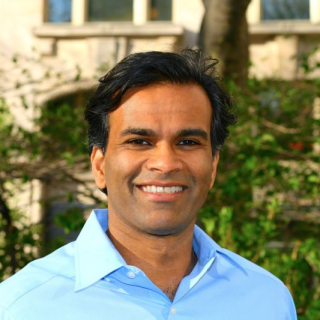Algorithms and People

Description
Sendhil Mullainathan is the Roman Family University Professor of Computation and Behavioral Science at Chicago Booth, where he is also the inaugural Faculty Director of the Center for Applied Artificial Intelligence. His latest research is on computational medicine—applying machine learning and other data science tools to produce biomedical insights. In past work he has combined insights from behavioral science with empirical methods—experiments, causal inference tools, and machine learning—to study social problems such as discrimination and poverty. He currently teaches a course on Artificial Intelligence. Outside of research, he co-founded a non-profit to apply behavioral science (ideas42), a center to promote the use of randomized control trials in development (the Abdul Latif Jameel Poverty Action Lab), has worked in government in various roles, and currently serves on the board of the MacArthur Foundation. He is also a regular contributor to the New York Times.
Dr. Mullainathan's lecture is the keynote address for the 2023 Mellichamp Mind & Machine Initiative Summit, and is co-sponsored by the SAGE Center for the Study of the Mind.
Please note that this lecture will take place at 4 pm on Thursday, April 13 in Henley Hall 1010 on the UCSB campus.
Abstract
In this talk, I walk the same road in two directions. First, I argue "We can use psychology to improve how we design algorithms." By this, I do not mean using insights about the brain to motivate the architecture of deep learning algorithms. Instead, I focus on how behavioral science findings (such as from the judgment and decision-making literature) could improve widely used algorithms such as recommender systems. Second I argue "We can use algorithms to improve how we understand people." In particular, I describe computational tools that use machine learning algorithms to produce new theoretical insights about people. I conclude with the question of how we can create more traffic in both directions from each of these fields to the other.
